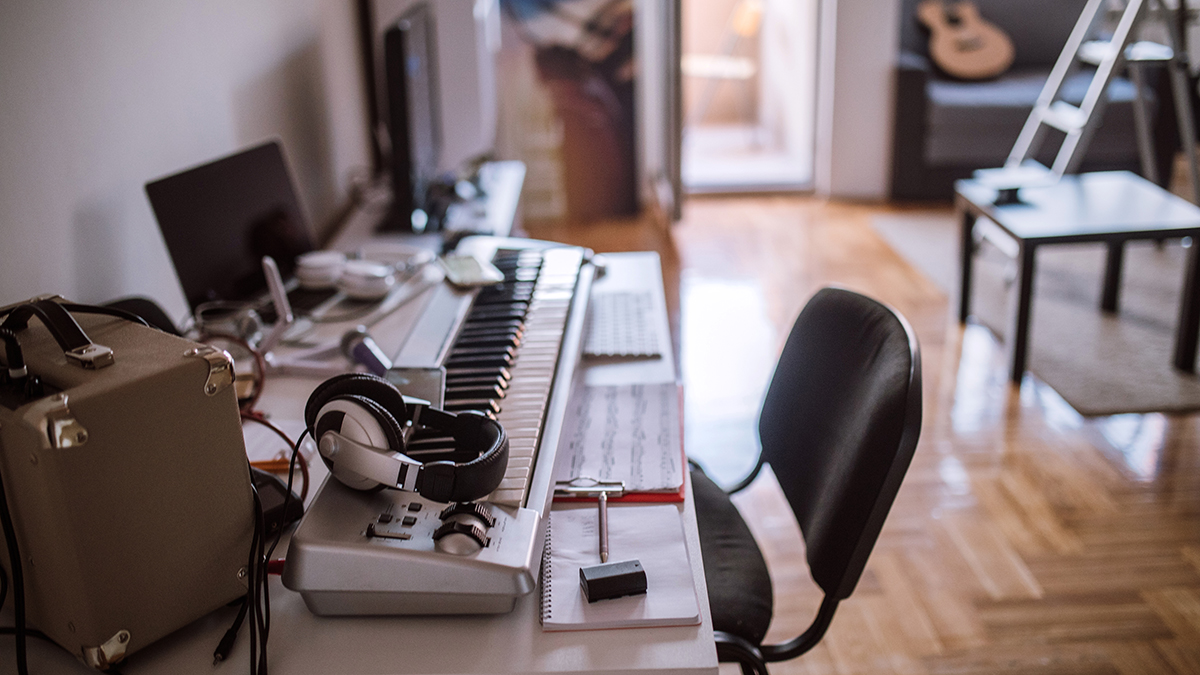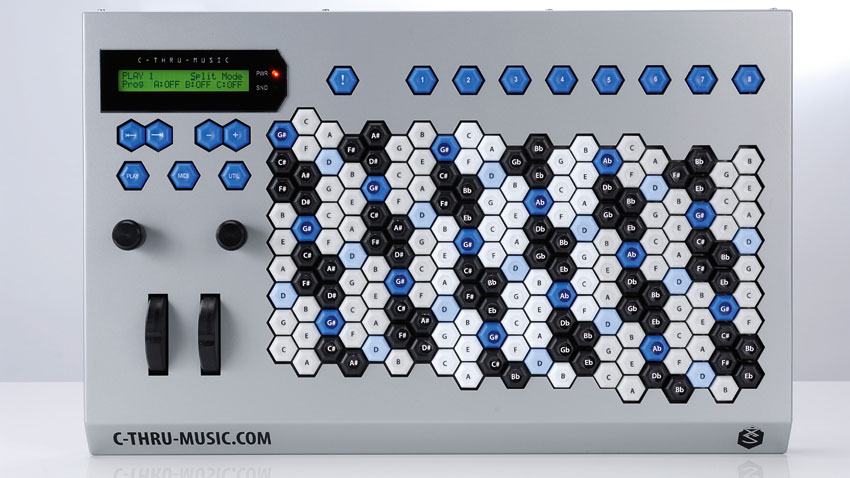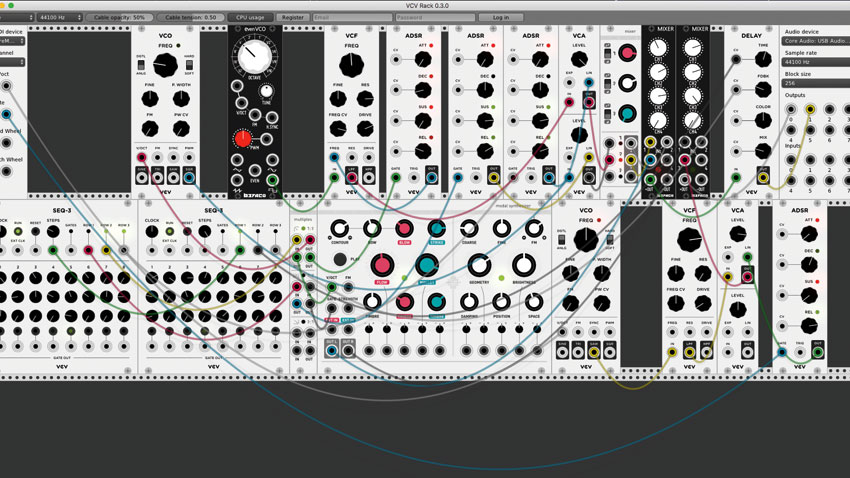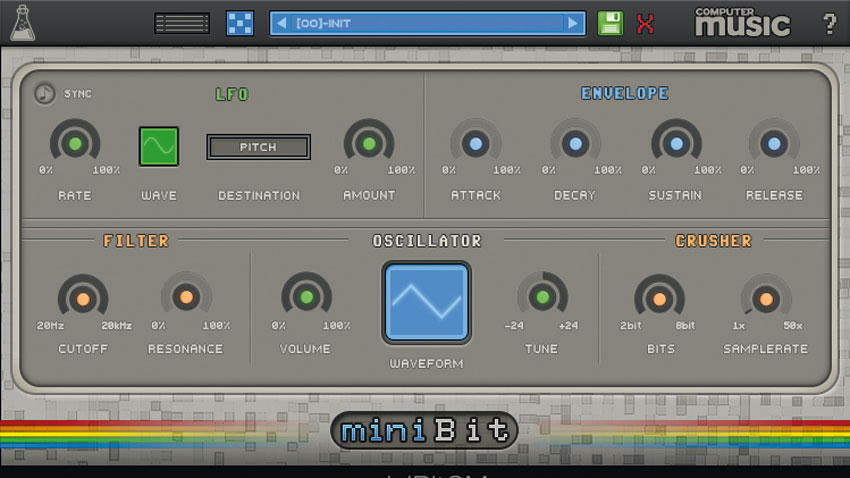Increase your creativity by restricting yourself - here are 10 ideas for productive barriers
Less is often more in music, a notion that can apply to the tools and techniques you use creating it

In the past, producers were restricted by the more primitive music-making technology of the day, but in our new world of unbridled possibilities, those limits have disappeared.
If you want to be more productive, sometimes you have to create the barriers yourself. Here are ten ways to bring back those inspiring restrictions and craft something unique today.
1. Use one synth for all your sounds
The same paltry selection of waveforms was once the starting point for almost every type of sound, from bass to leads to drums and more. What with all the types of synth around these days, we can sometimes forget that they all do (pretty much) the same thing - so get back to basics and choose a single synth to make every single part in a track!
Whip up basses, leads and pads in the usual way, program drums using noise sources and quick envelope modulation, and create FX sounds like risers and drops, all using the same virtual instrument. This’ll force you to push the boundaries of what your synth can do, testing your production and sound design chops in the process, and get you to focus deeper in on the instrument, learning its intricacies inside and out.

2. Input wars
Choose an unfamiliar method of programming notes and chords, and stick to it for a few weeks. Back in the day, you were limited to whichever method of inputting notes the manufacturer of your hardware had chosen.
Standard piano keys are the norm, but that doesn’t mean they’re the most creative. MPC-style pads make you work in a way that we associate with 90s sampled music; playing notes into those unfamiliar rows of triggers may spark off a new idea as a new way of working. There are also step sequencers, of course, which offer yet another take on getting notes down.
3. Four-track mind
Anyone who was using DAWs in the early noughties will remember that high track counts weren’t really possible with the technology available back then, so rendering and bouncing were common practices. So set yourself an artificial limit of four or eight tracks in your next project.
Want all the hottest music and gear news, reviews, deals, features and more, direct to your inbox? Sign up here.
As well as forcing you to commit to certain parts as they are, this restriction also makes you think a bit harder about whether you really need every part you’d usually call for. Keep it simple and make better music!

4. The five-plugin limit
We can use as many plugins as our CPU can handle… but should we? For your next challenge, try limiting yourself to just five plugins. Use bus and return processing for effects, and be as versatile as you can with your synths. Bonus points if you do it all using an old computer!
5. Sources for courses
Instead of digging through an endless collection of samples, how about limiting yourself to a certain few, and seeing what you can make with a small selection of, say, 20? Search your OS’s file browser for ‘.wav’ and select a handful of fodder at random - close your eyes if you need to.
By doing this, you’ll have to use all the tools and techniques at your disposal to work your way to victory. Shorten long sounds to make hits, stretch and granulate quick sounds to extend them, and get liberal with effects. Bonus points if you use sounds from a sample pack!
6. Hack the demo
Many paid-for plugins offer a time-limited (and often feature-limited) demo version. No, we’re not advocating the actual hacking of plugins to unlock all the features that the full versions offer - we’re suggesting that you go with the flow and work within those limits to come up with something new. Bypass the inbuilt restrictions, use any automatically generated bursts of noise creatively, and record your moves to recycle later.
A 30-day demo also gives you another limitation: time! And when you’ve wrung out everything you can, you might be looking at a tool you’ve become very proficient with. Maybe it’s time to buy the full version after all!

7. Tie yourself up in virtual cables
The philosophy of modular gear might not be about limitations - it’s about the infinite possibilities you get from patching anything to anything - but the way modular works is restrictive in other ways. You’ve got a particular selection of modules, each limited to its own task, so it’s the way in which modular systems work that introduces creative restrictions to your flow.
We’re not suggesting you go out and blow all your cash on the hippest hardware modular system, though - options for getting your own virtual rig include Softube Modular and the free VCV Rack.

8. Keep taking the tablets
Many have never dared step into the otherly world of phone and tablet music making… but isn’t it time you tried? Whether you’ve made your start in the world of touchscreen track-building already or not, have a go at restricting yourself to this method only, in order to create something you wouldn’t have reached with just a keyboard and mouse.
For mobile DAWs, check out Steinberg’s Cubasis, GarageBand on iOS and FL Studio Mobile. With the tech behind mobile devices now so powerful, a lot of DAW apps can almost rival your desktop workstation.
Naturally, there are also plenty of effects, synths and more available on the respective App Stores to wet your whistle. And to bring them all together, apps like AudioBus can really help to make the touchscreen music-making experience complete.

9. Random fandom
What better limitation is there than not having any clue whatsoever about what material you’re going to have to work with? Many plugins feature randomise functions, which completely mix up the parameter controls in one or multiple sections.
One strategy for random patchmaking is to hit the random button once, then deal with the result - whatever it may be. Another is to hit the random button once, then allow yourself three parameter tweaks to bring the sound back under control. Or, you can always just hammer that random button repeatedly until you come across a result that works!
10. Worldwide weapons
If you’ve got a way to record your computer’s output, you can sample absolutely any audio source you can think of. Whether you’re using your audio interface or a program like SoundFlower (Mac) or JACK, the entire internet becomes your audio goldmine.
Cruise around your favourite video-hosting site, record sounds from ads and anywhere else you can locate audio material. It’s basically crate-digging for the internet age!
Now, of course, producers, we needn’t remind you that there could well be copyright implications of using material that you’ve found on the web in commercial tracks. Proceed with caution!
Computer Music magazine is the world’s best selling publication dedicated solely to making great music with your Mac or PC computer. Each issue it brings its lucky readers the best in cutting-edge tutorials, need-to-know, expert software reviews and even all the tools you actually need to make great music today, courtesy of our legendary CM Plugin Suite.
